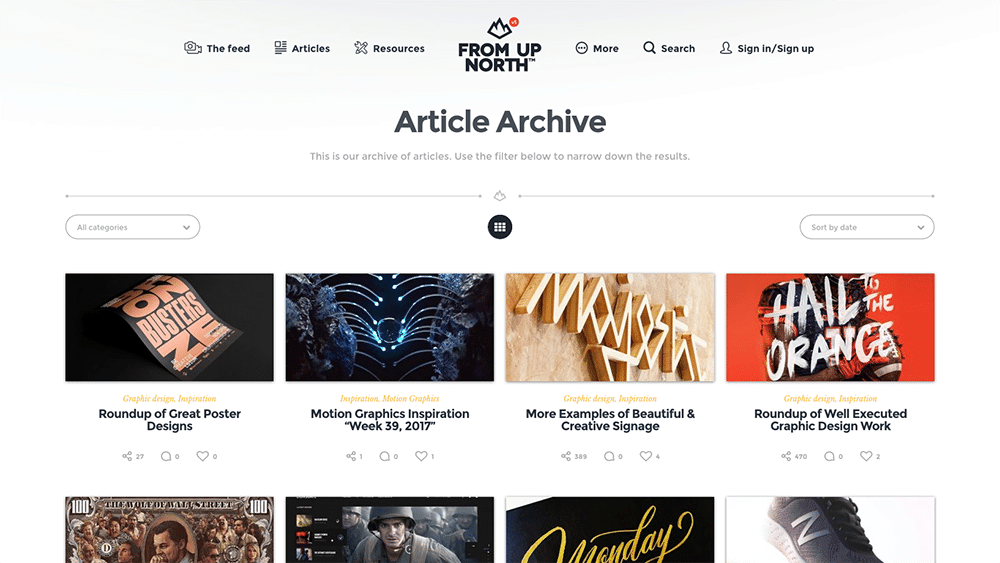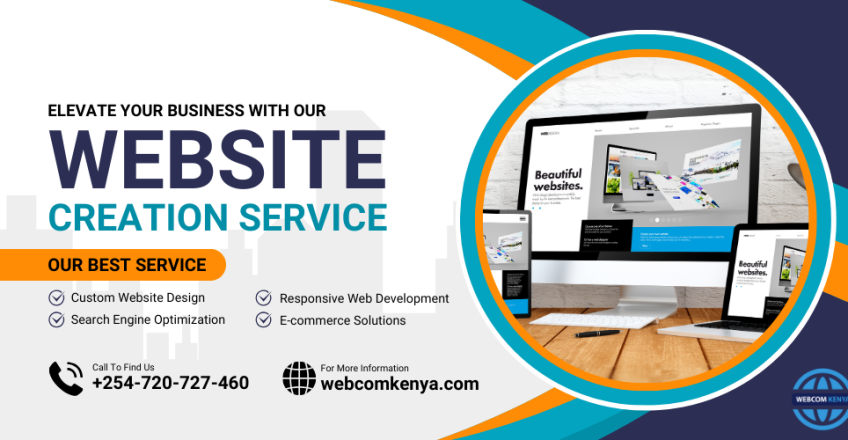How Website Design Affects User Experience and Customer Engagement
How Website Design Affects User Experience and Customer Engagement
Blog Article
Modern Web Site Layout That Records Focus and Converts
In a progressively electronic landscape, modern-day website style has actually arised as a critical element in catching customer attention and driving conversions. As we discover these crucial parts, it becomes clear that comprehending their interaction can substantially influence an internet site's performance and user complete satisfaction.
Value of Visual Hierarchy
Aesthetic pecking order is a crucial aspect in website style, as it overviews individuals' focus and boosts their total experience. By purposefully arranging content, designers can guide users to the most important details initially, thereby enhancing involvement and boosting functionality.
Integrating a rational circulation in material plan is necessary; for instance, placing the most important details on top of a page promotes instant recognition. Additionally, constant use typography, such as differing font sizes and designs, assists establish a clear content framework. This company not only aids in navigation yet likewise builds depend on, as customers feel extra comfortable when they can conveniently locate what they are seeking.
Ultimately, a well-executed aesthetic pecking order not just improves aesthetic allure yet likewise dramatically affects customer habits. By focusing on important aspects and making sure a seamless experience, designers can effectively transform visitors into consumers, reinforcing the importance of this fundamental layout concept in contemporary site development.
Responsive Style for All Gadgets
Developing a smooth experience throughout different devices is crucial in today's digital landscape, where individuals access internet sites from smartphones, tablet computers, and desktop computers alike. Receptive style is an essential technique that makes certain web sites adjust fluidly to various display sizes, alignments, and resolutions. By using versatile grids, images, and CSS media questions, designers can create formats that keep aesthetic integrity and capability, despite the device being utilized.
The relevance of responsive design expands beyond looks; it straight affects user involvement and conversion prices. An internet site that operates well on all tools urges longer brows through and lowers bounce prices, as customers are extra most likely to interact with content that is very easy to navigate. In addition, online search engine, particularly Google, focus on mobile-friendly sites in their positions, making receptive style a vital part of search engine optimization (SEARCH ENGINE OPTIMIZATION)
Integrating responsive style not just boosts individual experience yet additionally streamlines the advancement process. By producing a single website that works across gadgets, companies can conserve time and resources compared to creating different mobile and desktop computer variations. Inevitably, responsive layout is a basic method for modern-day internet site design, making sure ease of access and contentment for all customers, despite their tool.
Involving Interactive Components
While a receptive design prepares for a functional internet site, including interesting interactive components is crucial for capturing user focus and cultivating deeper connections. Website Design. Interactive elements, such as computer animations, quizzes, and clickable infographics, produce a more dynamic individual experience, encouraging Home Page visitors to invest more time on the site
Incorporating interactive features can also assist users with complex info, making it much easier to absorb material. Interactive sliders can illustrate product variants, while embedded video clips can offer presentations or endorsements that resonate even more than static photos or text. Gamification techniques, like rewards for finishing tasks or engaging with material, can boost user motivation and retention.
Effective use of interactive elements not just enriches the individual experience however can also lead to greater conversion prices. It is necessary to stabilize interactivity with efficiency; overly intricate functions might hinder site speed, adversely influencing customer contentment.
Structured Navigating Practices
Effective navigating is a foundation of any successful web site, as it directly affects individual experience and web content availability. Streamlined navigation methods ensure that individuals can easily locate details, improving their interaction with the website. A well-structured navigating food selection need to be user-friendly and simple, normally including a minimal variety of main groups to prevent frustrating visitors.
To accomplish streamlined navigating, designers must prioritize an ordered framework that rationally organizes material. Executing breadcrumb trails can offer customers with context about their present place within the site, permitting for smooth backtracking. Additionally, using drop-down food selections can successfully save area while still offering accessibility to subcategories.
Receptive layout is critical, as navigating must be functional throughout all tools (Website Design). Mobile customers, in specific, take advantage of touch-friendly menus and retractable areas that preserve functionality without jeopardizing aesthetics

Efficient Call-to-Action Approaches
A well-crafted call-to-action (CTA) is important for directing users towards wanted results on a website, as it encourages them to involve with content or buy. To maximize their efficiency, CTAs should be clear, compelling, and purposefully placed throughout the site.
First, use action-oriented language that communicates seriousness or worth, such as "Get going," "Join Currently," or "Case you can try these out Your Price cut." This language not just inspires customers however also sets clear expectations regarding the following actions.
Second, think about design components; CTAs need to attract attention visually via contrasting shades, ample whitespace, and prominent positioning. check my source A button that is simple to see and click boosts the possibility of user interaction.
Furthermore, customizing CTAs based upon individual behavior or demographics can dramatically enhance interaction. Customized messages reverberate more with users, driving higher conversion rates.

Verdict
To conclude, contemporary web site style emphasizes the combination of visual pecking order, receptive formats, involving interactive components, structured navigating, and effective call-to-action techniques. These components collectively improve customer experience, ensuring that visitors stay involved and encouraged to explore content even more. By prioritizing these style concepts, businesses can considerably improve user retention and conversion prices, eventually causing better success in the digital landscape. The continual advancement of website design underscores its crucial role in reliable on the internet interaction and advertising and marketing.
In an increasingly electronic landscape, modern-day site layout has emerged as a pivotal variable in catching customer attention and driving conversions.Visual hierarchy is a crucial element in web site layout, as it overviews customers' interest and enhances their general experience.The importance of receptive design prolongs beyond looks; it straight affects user interaction and conversion prices.Including responsive style not only boosts user experience but likewise improves the advancement procedure. Inevitably, responsive style is a basic technique for modern-day internet site style, making certain accessibility and contentment for all customers, no matter of their device.
Report this page